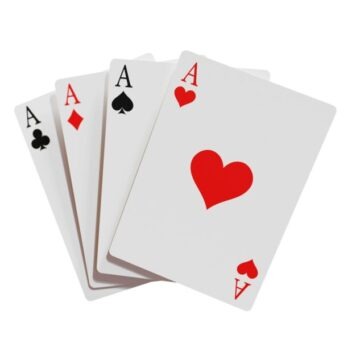
Every personal trainer and fitness professional out there has been asked – by a friend, family member or gym-goer – some question or another about cardiovascular exercise. And while we all know the basics about cardio (for example that it’s a great way to burn fat and if you’re unfit, a hectic cardiovascular workout will leave you panting) how much do you know about a fundamental component of this system – the heart? If you’re shaking your head sadly because you’re not clued up at all, don’t worry: this article that was written by a professional trainer will give you the basics.
What does the heart do?
Your heart beats approximately 100 000 times a day. It pushes around 5000 gallons of blood through your body every single day. Your heart delivers oxygen- as well as nutrient-rich blood to your tissues in addition to carrying away waste.
The heart is an organ, which is muscular and is roughly the size of a closed fist. It is located in the chest, slightly to the left of the center.
As the heart contracts, it pumps blood through the body. It transports deoxygenated blood to the lungs where it collects oxygen and offloads carbon dioxide, which is a waste product of metabolism.
The heart, blood as well as blood vessels together are referred to as the circulatory system. In addition, the circulatory system forms part of the cardiovascular system. The average human has around 8 pints of blood, which is continuously pumped throughout the body.
Anatomy of the heart
Your heart consists of four chambers:
- The top-most chambers are called the left as well as right atria, while
- The lower chambers are termed the left and right ventricles.
A wall of muscle, which is called the septum, separates the left and right atria as well as the left and right ventricles. The left ventricle is the largest in addition to the strongest chamber in your heart. Although the left ventricle’s chamber walls are only about half an inch thick, these walls have sufficient force to push blood through the aortic valve and then into your body.
The structure of the heart
There are three distinct layers to the wall of the heart:
- Inner endocardium
- Middle myocardium
- Outer epicardium
The heart is composed of four hollow chambers. These chambers are divided into two interdependent (however separate) pumps on either side. These two pumps are divided by the interatrial septum as well as the interventricular septum. Both sides of the heart consist of two chambers: an atrium as well as a ventricle:
- The atria are smaller chambers that are superiorly located on either side of the heart. The right atrium gathers deoxygenated blood that is returning from the upper and lower extremities to the heart. The left atrium gathers reoxygenated blood coming to the heart from the lungs.
- Ventricles: the anterior chamber of the heart receives blood from its matching atrium and in turn, pushes the blood into the arteries. The right ventricle gets deoxygenated blood from the right atrium and pumps it to the lungs to be saturated with incoming oxygen. The left ventricle gets reoxygenated blood from the left atrium and pumps it to the entire body via the aorta.
The heart’s chambers are all separate from each other. Major veins and arteries, via valves, prevent backflow or spillage of blood back into the chambers. These valves include the atrioventricular valves and semilunar valves. The tricuspid valve separates the atrium as well as the ventricle on the right side and the bicuspid on the left side.
- Septa: Between the right side and the left side of the heart are septa dividing the heart into two functional pumps.
Although we don’t often consider it, the heart is essential as well as a powerful organ that is responsible for your holistic fitness and body functions. It pumps oxygen in addition to nutrients around our body constantly and never pauses. Powered by muscles and perfectly synchronized by electrical signals, it’s one of nature’s finest feats of engineering.

















